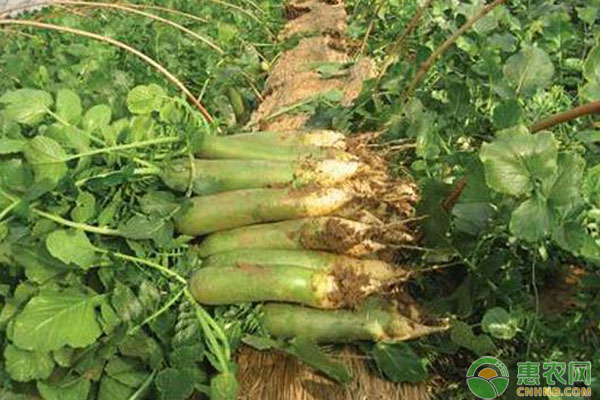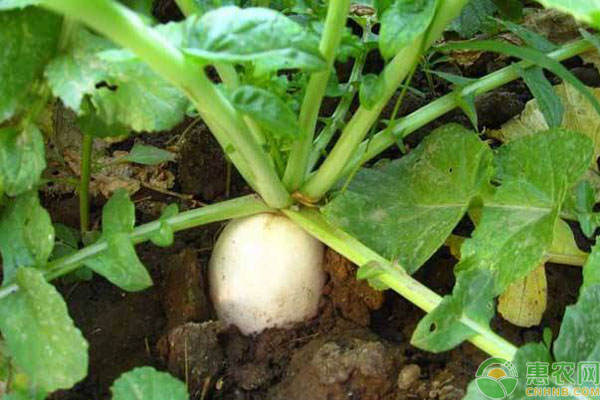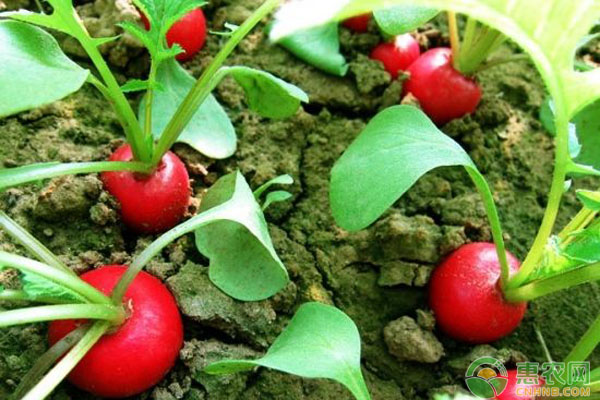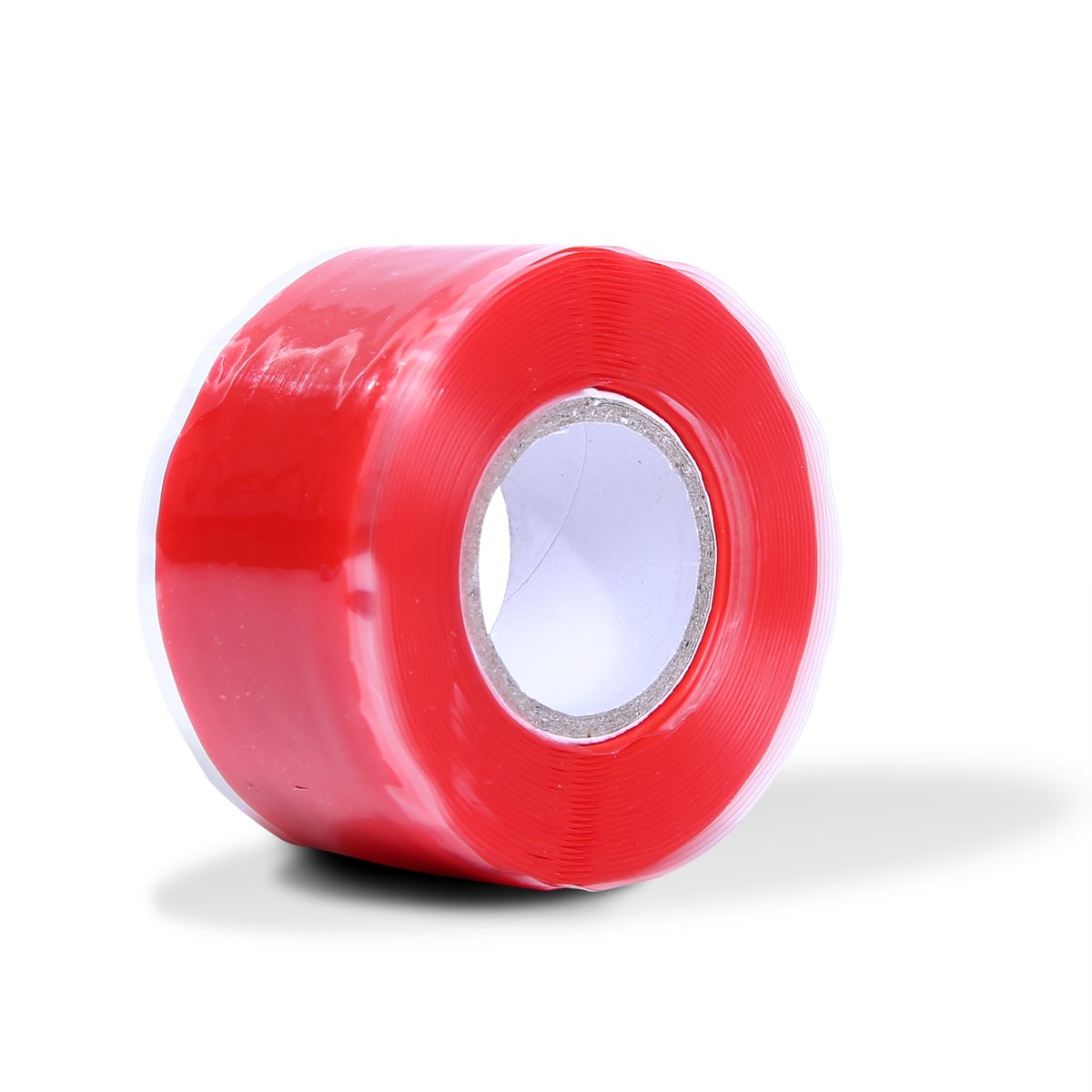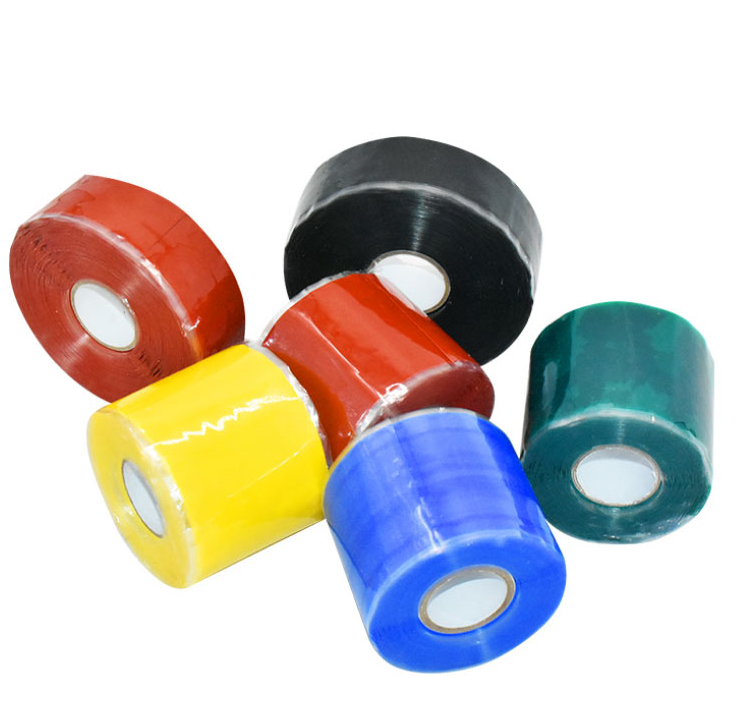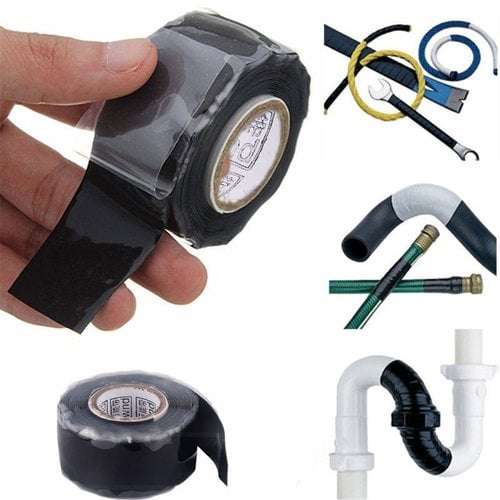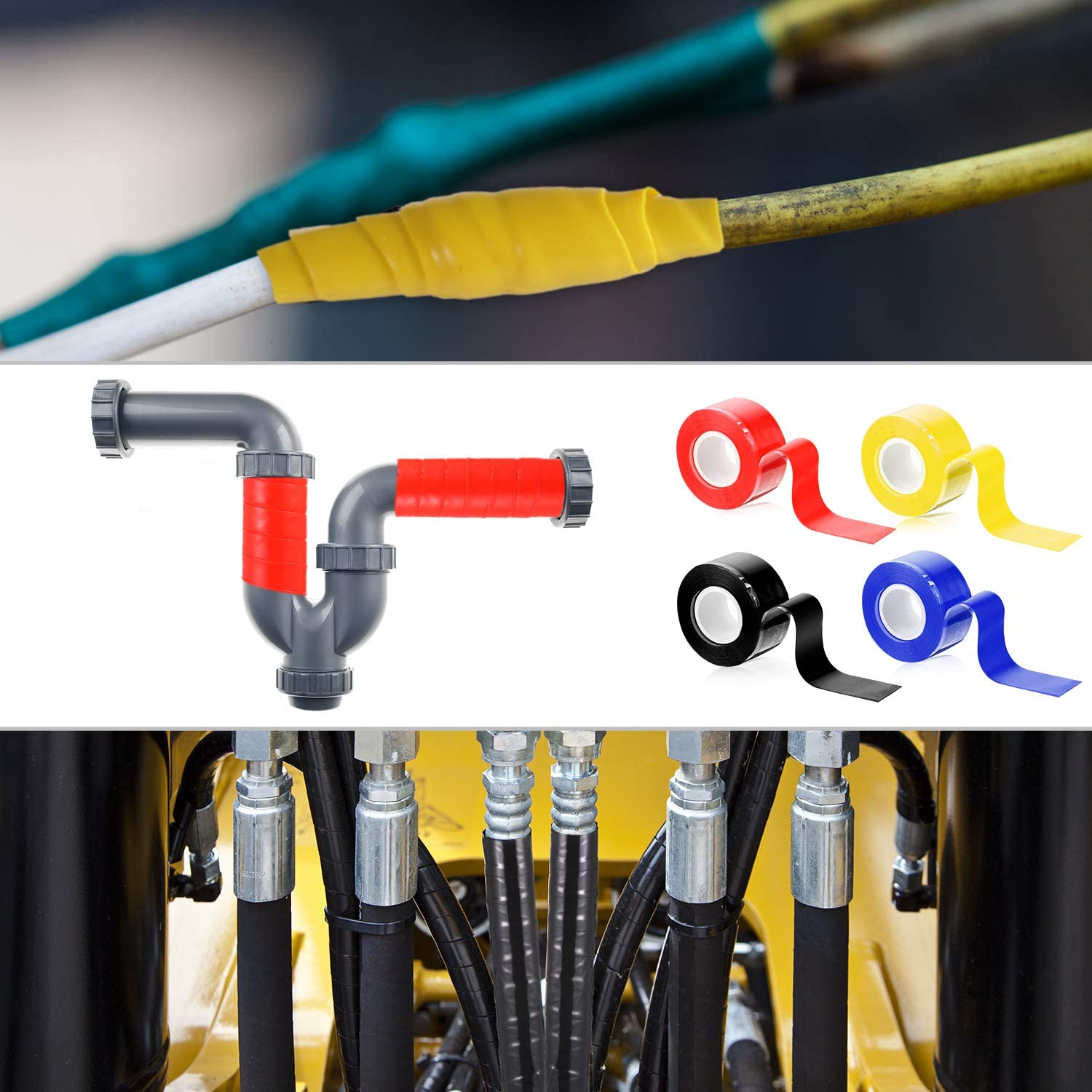How to cultivate and manage spring radish? Key points of high-yield cultivation techniques for spring radish
Radish is a vegetable that people often grow. There are many uses for radish, such as cooking, dried radish, pickled radish, radish and so on. In the spring, it is also possible to grow radishes. In early spring, radish cultivation can not only supplement the supply of vegetables in the off-season, but also increase the variety of colors, and provide a good mouthwash for the post-production. The following small series for everyone to introduce in detail the main cultivation techniques of the next spring radish. Key points of cultivation techniques for spring radish 1, choose the species Generally, it is necessary to select a variety of high yield, good quality, good taste, and suitable for processing. Such as Japan Bai Yuchun, South Korea Dagen and so on. 2, fine soil preparation, apply enough base fertilizer Generally, spring radish should be planted in sandy loam or loam. Before harvesting, such as rice, soybeans, and vegetables, the fields should be cleaned up in time and ploughed and dried. Set up a large shed before the preparation of the ground. The general shed is 4.5 meters or 6.3 meters wide, 1.8 to 2.2 meters high and 30-40 meters long. In the shed, the base fertilizer is applied. Generally, 2000-3000 kg of high-quality farmyard manure, 10 kg of urea, 10-20 kg of high-quality ternary compound fertilizer and 0.5-0.7 kg of borax are applied to each farm. If the application of farmyard manure is insufficient, it is best to apply 40-50 kg of cooked cake per acre, then moderately smash and finely prepare the ground. The whole land should meet the requirements of high sorghum, deep ditch and loose soil. The general width of the car is 1.5-2 meters, the ditch depth is 0.3 meters, and the groove width is 0.3-0.5 meters. The preparation of the ground preparation box, the buckle cover film, etc. should be completed 10-15 days before sowing. 3. Seeding method The planting period of greenhouse cultivation is from late January to early February; the double-mulch double-film cover sowing period is mid-to-late and late February. The seeding amount of mu is 200,250 grams. The implementation of the hole sowing, plant spacing 0.25 m × 0.33 m, an acre may have about 8 thousand points, each point generally broadcast 2 seeds. After sowing, cover it with 0.7 cm of fine soil. Then the shed film, cover the mulch film, cover the small arch shed film, heat preservation and promote the whole seedling. 4. Strengthen field management When the seedlings were unearthed by about 70%, the mulch was removed. 2, 3 pieces of true leaves, carry out the seedlings. The temperature in the shed is kept at 20-28 °C, and the film is uncovered, and the temperature is adjusted by ventilation to prevent high temperature burning and low temperature freezing. After the three-leaf period, 5-10 kg of urea is applied per acre. In the case of a fat foot, a good growth, and a long seedling, the seedlings may not be applied. After the fleshy roots begin to expand, a small combined watering plant is applied to the ternary compound fertilizer 10-l5 kg to facilitate the growth and expansion of the fleshy roots. Before the closure of the ground, it is generally possible to cultivate the loose soil 2-3 times, and pull the ditch to soil, soil and soil to maintain loose and breathable. 5. Strengthen the comprehensive prevention and control of pests and diseases In the early stage of spring radish, the pests and diseases are lighter, and the temperature gradually rises in the late growth stage, which is easy to cause pests and diseases. The main diseases are black rot; it should be prevented by agricultural measures such as seed disinfection, changing rotation and strengthening ventilation. After the onset of the disease, it can be prevented by rooting with chemical pesticides such as agricultural streptomycin and copper preparations. The rot can be sprayed in the evening with 500-800 times of diclosan or 50 kg of streptomycin 100-200 mg/kg solution. The main pests are aphids and small larvae, etc., and can be sprayed with fine water, laixi, Bt and other agents. 6, timely harvest When the fleshy root grows about 3 cm above the ground and 4-6 cm in diameter, it is harvested according to market conditions and processing needs. In order to improve the commerciality, it is generally harvested in batches according to the standard. After each harvest, the graded leaf bundles are put on the market. The above is the high-yield cultivation method of spring radish. Although there is still a long distance from spring, it is very fast, and as a qualified grower, this kind of precautionary idea still needs to be available.
Self fusing silicone tape
Description:
Self fusing silicone tape is based on silicone rubber material, has super strong strength and elasticity, shocking self fusing ability. It is corrosion-proof, can resist high and low temperature which ranges from -60 degree C to 260 degree C. Also has high resistant to harsh solvents, chemicals, UV. Superior water and air tight sealing performance. Can stand high pressure and voltage, easy to apply.
Applications:
Widely used to protect control cables, gear cables, coolant pipes, air conditioning and ventilation pipes, fuel hoses and heat sensitive parts, water pipes, water tap etc.
Colors:
Red, white, transparent, black, yellow, green, blue, orange.
Thickness: can ranges from 0.3mm to 1mm. Among them 0.5mm thick is the most popular because of it`s high cost performance.
Sizes:
25mm/50mm by 1meters, 1.5meters, 3meters, etc.
Self fusing silicone tape,Self fusing tape,silicone self fusing tape,self fusing silicone rubber tape Kunshan Jieyudeng Intelligent Technology Co., Ltd. , https://www.jerrytape.com